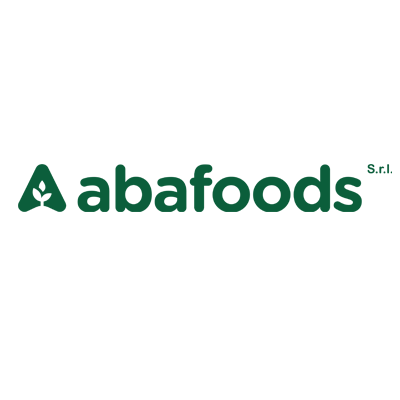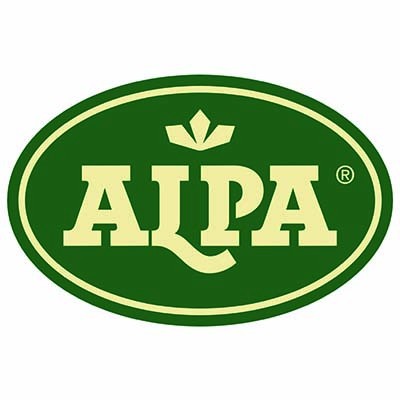Alternative protein poised to solve seafood supply and demand imbalance
Although plant-based seafood has a competitive edge over beef in terms of price, consumer acceptance is still a steep hurdle.
Dive Brief:
- Global demand for seafood as a protein source has surged, with a rapid projected growth of 14% by 2030 versus 2020 levels, driven by markets in Asia, Europe, Latin America, and Oceania, according to a new report from McKinsey & Company.
- Supply, however, is not growing at the same rate. The amount of wild-caught seafood has been flat with more than 85% of the world’s fisheries “pushed to or beyond their limits.”
- Alternative seafood sources may be a solution to this supply and demand imbalance, but the space faces many of the same challenges as other alternative protein sources like plant- based chicken and beef — price and customer acceptance.
Dive Insight:
The alternative protein market has largely been focused around meatless versions of pork, chicken and beef so far, with lower production prices, capital improvement plans and readiness to scale up poising the space for growth.
Now, with the imbalance of seafood supply and demand, alternative seafood sources may be in a position for growth as well.
The market for plant-based fish was valued at over $800 million in 2022 and is projected to progress at a 5.5% compound annual growth rate from 2023 to 2032, according to data from Global Market Insight.
But seafood is a much more diverse food class than other protein sources, with several species consumed in large volumes around the world, the report said. Factors like these make the space very different from alternative chicken, for example.
The tuna market is the third largest in terms of annual production, among the most vulnerable to overfishing and the most difficult in terms of aquaculture production, according to the report. Between albacore, bluefin, and premium tuna steak products, consumers expect varying degrees of price and quality.
“Players developing alternative-seafood products will need to consider all of these points when making strategic decisions,” the report said.
Konscious Foods, an alternative seafood concept launched by French chef Yves Potvin, introduced the first plant-based sushi line in Whole Foods. The line of products include nigiri and poke bowls, made with clean ingredients such as konjac plant, pea fiber, Jasberry rice, and organic red quinoa, as well as organic fruits and vegetables.
Good Catch was the first vegan seafood brand to launch in 2021, but was acquired by Wicked Kitchen in 2022 to “support product innovation.”
A common theme in the plant-based space is bringing the cost of production down to a level that’s comparable to what consumers are currently paying for animal-based products. This is a challenge for players like Konscious Foods, and the alternative seafood industry at large.
Higher-end species are attractive for producers of alternative options, because their target prices are “more achievable,” the report said. This is actually a competitive advantage for alternative seafood over meat.
“Fish often sells at a higher price point. For example, some types of seafood, such as bluefin tuna, can cost $40 to $200 a pound for premium or superpremium cuts, which is a much easier price point to hit than $4.99 a pound for ground beef.”
Konscious Foods’ prices are comparable to regular sushi.
Still, the space has a large hurdle to cross in terms of consumer acceptance, the report said. Regional relationships to seafood, especially within lobster fishing regions, and the namesake saltiness and ‘fishiness’ of variations like crab, eel and whitefish, will make alternative seafood difficult to scale.
SOURCE Food Dive.
 Pages you might like
Pages you might like








 Latest information
Latest information
 Follow official account
Follow official account
 Online support
Online support
 鄂ICP备2022017323号
鄂ICP备2022017323号
 鄂公网安备 42018502006493
鄂公网安备 42018502006493
 Launch Exhibition
Launch Exhibition
 Release information
Release information



 Today's topic
Today's topic

















